
Unless you have a better-than-average memory, taking notes is just a normal part of any education.
Everyone has their own way of taking notes. But beyond just scribbling down or typing out key points when you hear them, you can take advantage of a few different note-taking methods to up your information retention and learning experience.
The charting method
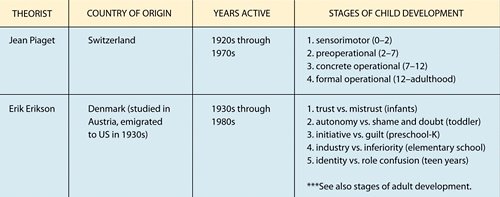
Separate your paper into columns headed by categories. These could include important dates, people, events, phrases, etc. For example, the columns in a history class could be “Date,” “Person,” and “Significance.” During class or as you read, write down the information that you learn under the appropriate column. This is a great method to use when the content is difficult to understand or presented quickly, as it allows you to get an overview of the lecture in your own words. This is also a good way to organize your thoughts and helpful for visual learners to memorize content.
The Cornell method
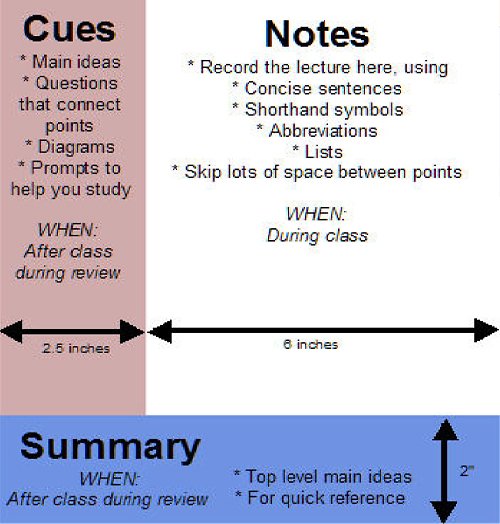
Separate your paper into three sections. The largest section is where you will record information from the lecture using sentences. After the lecture is completed, you will fill out the column to the left of the largest section. This is where you will record the main ideas and anticipate test questions. Finally, at the bottom of the paper, is a summary of the lecture. This should be completed immediately after the lecture because this is when the information will be freshest in your memory. The Cornell method of note-taking is excellent because it utilizes the “three-pass” approach to learning—meaning you encounter the material in three different ways. This is optimal for retaining the information in your memory for good.
The outline method
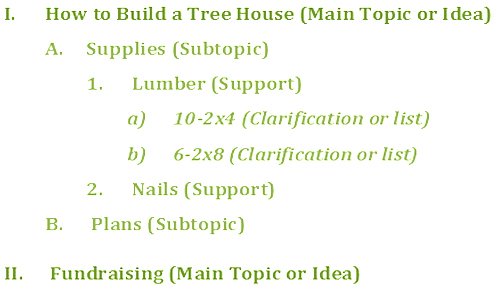
Place the main and most important points farthest to the left of your paper. As information that is more specific is given, indent to the right. The more to the right a point is, the less important it is. It’s important to note that once a new topic is started, you should begin at the left margin once more. Your outline should be a well-organized system where each subheading relates back to the original heading in the left margin. Outlining reduces editing, records content and relationships, and allows for easy reviewing.
Related: Need help with your outline? Check out our tips here.
The sentence method
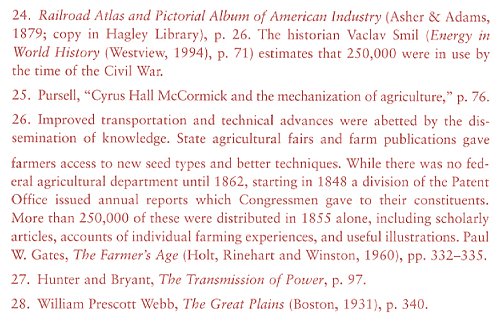
Simply write every new thought, topic, or fact on a new line. While similar to the outline method, this method is easier to use when the material is difficult or delivered quickly. It is best to immediately review these notes after class and rank what information is most important and least important. It’s also helpful to rewrite your notes into an organized outline or map so that you can visually see the ordered relationships and connections.
The mapping method
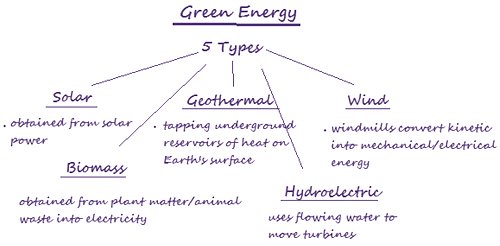
The key with this note-taking method is to identify the main topic and underline it at the top or middle of your paper. Identify the sub-topics or supporting main ideas and place them around or under the main topic. Continue down or outward until you cover all the relevant information. Color coding or changing the shape of the bubble depending on where the information came from could be helpful. For example, a rectangle for book information and an oval for lecture information. The mapping method allows you to clearly see a topic from a global perspective.
The method for you
If you’re unsure which method fits your learning style best, start from the top and try each one. Keep in mind that one method might work well for one class but not necessarily all of your classes. So, don’t be afraid to try out multiple ones and keep switching them out when you feel your retention start to stall.
—
If this story has inspired you, why not explore how you can help further Concordia's mission through giving.